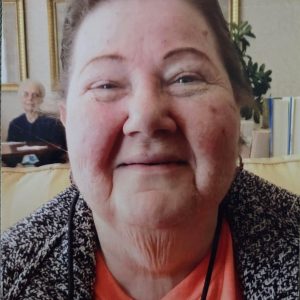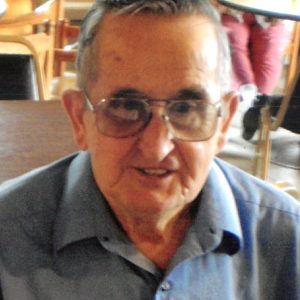There was a painting of a tree in Lisa’s parents’ living room. They bought it on their last trip to Italy. Near it was a bronze statue. It was of an odd shape, one that made Lisa think of waves and shells and summer mornings. Lisa thought of the tree painting and the wave statue as good friends, life-long friends with one another. She believed they both took comfort in one another when they were brought to her parents’ house from Europe.
Lisa’s sister and brother were good with languages, as her parents were. They drove cars and read very heavy books, hooked up computers easily and had jobs where they were always making decisions and then talking all about it. To look at her little brother and sister and her parents, it was as if she were watching a time lapse film—they rolled on the patio on toddlers’ plastic Big Wheels one day and the next week, it seemed, her brother was leaving the driveway on his motorcycle and her sister was late for a flight out. Lisa and the Tree and the Wave would watch them as they left and returned for job interviews, then holidays, and then with children of their own.
Lisa was in her twenties when her mother died. At the time, Lisa thought her mother had been taken from her by the darkness that lurked in the shed behind the house. She thought that she needed to burn it down to get rid of it to protect the rest of her family. She didn’t do it, but she did tell her father the plan. Her father brought her to the Carson Center, where she learned that medication and therapy could help with the thoughts she had and the way her feelings seemed to have a mind of their own. Her Carson team also helped her find her own pace. When things got too busy at her job at McDonald’s, Lisa imagined running screaming through the kitchen with a knife, but she didn’t do it. Instead, she thought of the Tree and the Wave, as her therapist had suggested, and then when she went home, she sat with them.
When her father died, Lisa heard her brother talking to her sister about taking the Wave to his house. Her sister was planning on taking the Tree to hers. That night, it was Carson’s Crisis Team that helped Lisa say enough to slow her brother and sister down. In the end, her brother kept them both; he lived closer by, so that Lisa could visit. He also gave her many pictures of them. Lisa is in her fifties now. She still has her Carson team, though some of its members are new. She has her own apartment. On her wall, is a great collection of bottle caps; some of them are thirty years old. If you knew how to look, you would see in the arrangement a tree. Not far away, in tin foil, sits the cousin of a Wave. The roots of the tree had many bottle caps from Lisa’s first therapist. Her neighbors bring her bottle caps and talk to her about her day. She struggles a bit now and again not to tell them every single thing she is thinking. Most of the time, she remembers to ask about their lives, too. She has learned work- speak and neighbor- speak. She, like her beloved family, is a master of many languages, living in the shade of a tree with many branches.
By JAC Patrissi








